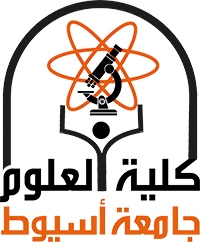Controlled and sustainable delivery of therapeutics for accurate administration at requisite location with proper number of dosages are essential to treat diverse fatal diseases by reducing patient complications and improving safety concerns related to drug administration. Cardiovascular diseases (CVDs) are a class of serious disorders that represent the leading cause of mortality worldwide. Chitosan (CS) is a natural and biocompatible polysaccharide that shows promising properties in various fields, namely, drug, gene, and therapeutic proteins delivery, and the fabrication of scaffolds and hydrogels for tissue engineering. It exhibits structural similarities with glycosaminoglycans which represent the main component of the extracellular matrix (ECM), and hence possesses great potential for tissue engineering and other therapeutic purposes. CS possesses fascinating mechanical properties but poor electrical properties, therefore several modifications have been performed to enhance the electrical properties of CS-based scaffolds. To modify the characteristic features of CS, carbonaceous nanomaterials like carbon nanotube (CNT), graphene, carbon dot, carbon nanohorn (CNH), carbon nano-onion (CNO) and nanodiamond (ND) are effectively implemented. This chapter introduces the recent findings, latest developments, and innovations in the use of CS/carbon nanocomposite in drug delivery and treatment of CVDs. The beneficial effects of CS/carbon nanocomposite in cardiac tissue engineering, cell therapy, gene delivery, and its interaction with proteins are also discussed in this chapter.
Research Abstract
Research Department
Research Member
Research Publisher
Springer Nature
Research Year
2025

